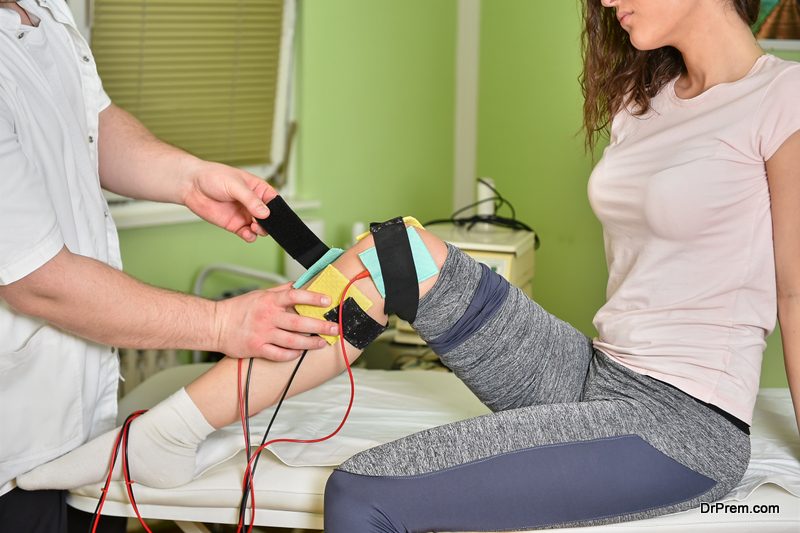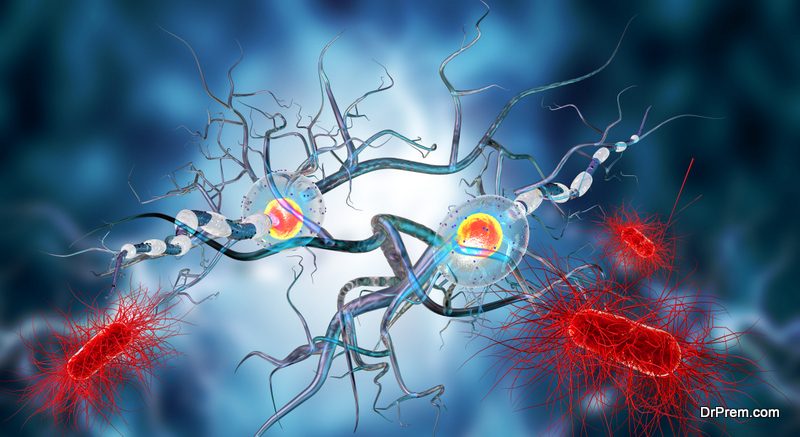Therapy is any type of treatment designed to help heal or relieve a disorder. Therapy can treat both mental and physical conditions and are often used in partnership with other medications or treatments. In some situations, therapy is used as an alternative for traditional medicine. This decision depends on the specific condition, the patient’s wishes, and doctor recommendations. The word “therapy” encompasses so many things but the two most common scenarios that come to mind are physical therapy and psychiatric therapy. This article will identify and explain some lesser known forms of therapy and what they offer patients.
Physical Therapies
These are types of physical therapy that are intended to treat a particular physical ailment. This could be an injury or a chronic condition.
Orthopedic
 Orthopedic physical therapy treats conditions affecting the musculoskeletal system. Patients seeking orthopedic therapy often have injury to their muscles, bones, joints, tendons, or ligaments. Injuries can occur due to wear and tear over time or a sudden incident like a sports injury or trip and fall. Chiropractors also deal with issues related to the musculoskeletal system. While orthopedic physical therapy can help with most back issues, spinal decompression therapy, offered at facilities such as the Inner Balance Institute, are offering patients relief using cutting edge methods.
Orthopedic physical therapy treats conditions affecting the musculoskeletal system. Patients seeking orthopedic therapy often have injury to their muscles, bones, joints, tendons, or ligaments. Injuries can occur due to wear and tear over time or a sudden incident like a sports injury or trip and fall. Chiropractors also deal with issues related to the musculoskeletal system. While orthopedic physical therapy can help with most back issues, spinal decompression therapy, offered at facilities such as the Inner Balance Institute, are offering patients relief using cutting edge methods.
Geriatric
The opposite of pediatric therapy, geriatric physical therapy treats elderly patients. As we age, certain parts of our body work less efficiently than they once did. This includes joints, muscles, and bones. If you’re experiencing pain or discomfort in one part of your body, it’s only natural for you to compensate by over using or improperly using another part of the body. This compensation will eventually lead to pain, discomfort, and health complications. A geriatric physical therapist helps patients use their muscles in the intended way and restore strength and mobility.
Pediatric
 You’re never too young to receive relief through physical therapy and pediatric therapy is proof. A child’s body grows at a rapid pace and if things go wrong during this developmental process, it can impact the rest of their lives. Pediatric physical therapy helps identify and treat these issues in babies, adolescents, and teens. Therapists work to strengthen the muscles and skeletal system of young patients. Some conditions that this form of therapy treat include Spina Bifida, Muscular Dystrophy, Autism, Cerebral Palsy, and Down Syndrome, among others.
You’re never too young to receive relief through physical therapy and pediatric therapy is proof. A child’s body grows at a rapid pace and if things go wrong during this developmental process, it can impact the rest of their lives. Pediatric physical therapy helps identify and treat these issues in babies, adolescents, and teens. Therapists work to strengthen the muscles and skeletal system of young patients. Some conditions that this form of therapy treat include Spina Bifida, Muscular Dystrophy, Autism, Cerebral Palsy, and Down Syndrome, among others.
Cognitive Behavioral Therapy
Cognitive behavioral therapy is for patients dealing with immediate problems that require immediate solutions. This type of therapy is based on problem solving and meant to be a short-term treatment plan. Once the issue at hand is resolved, most patients can discontinue therapy by using the tools they’ve learned to handle future incidents and emotions stemming from the same issue. Cognitive behavioral therapy is beneficial in individual and group settings and is suitable for both adults and children.
Neurological
 While neurological disorders affect a person’s cognitive function, this is usually physical. Neurological physical therapy can help treat spinal cord injuries, Alzheimer’s disease, Parkinson’s disease, and multiple sclerosis. All of these disorders directly affect the nervous system and impact how the body functions. While most neurological disorders have no cure, physical therapy can help ease symptoms.
While neurological disorders affect a person’s cognitive function, this is usually physical. Neurological physical therapy can help treat spinal cord injuries, Alzheimer’s disease, Parkinson’s disease, and multiple sclerosis. All of these disorders directly affect the nervous system and impact how the body functions. While most neurological disorders have no cure, physical therapy can help ease symptoms.
Applied Behavior Analysis
For those suffering with specific issues or behaviors, applied behavior analysis, or ABA, can help. Things like inability to efficiently communicate; academic difficulties or social skills can all be treated using applied behavior analysis. This type of therapy is most beneficial for students and adults with certain psychological disorders. Many ABA patients are diagnosed with Autism. ABA helps autistic patients improve their social skills, learn new things, and consistently exhibit positive behaviors.
Psychiatric Therapy
 Psychiatric therapy is defined as the treatment of mental disorders. Mental disorders cover a wide range of conditions and vary in severity. But these types of therapy can help treat symptoms and side effects for mental disorder patients.
Psychiatric therapy is defined as the treatment of mental disorders. Mental disorders cover a wide range of conditions and vary in severity. But these types of therapy can help treat symptoms and side effects for mental disorder patients.
Brain Stimulation Therapy
Although this type of therapy sounds frightening, it’s fairly common place. Brain stimulation therapy does use electrodes or magnets to cause brief, mild, seizures in the brain. It’s believed that this brain stimulation cause both chemical and functional changes in the brain and brain activity. Once referred to as “electric shock therapy”, many people fear this method. But rest assured, brain stimulation therapy is performed in a hospital setting by a psychiatrist, nurse, and anesthesiologist, which means patients are asleep during treatments. Brain stimulation therapy is used as a last resort for patients dealing with severe depression. This type of therapy may prevent patients from making life altering decisions including suicide.
Animal-Assisted Therapy
 If you’ve ever seen someone walking with a therapy dog, this is a form of animal-assisted therapy. This type of therapy is often used in conjunction with another form of therapy to treat behavioral issues and mental disorders. Animal-assisted therapy doesn’t just involve dogs. Pigs, horses, cats, birds, and even monkeys, are sometimes used to help patients cope with emotional distress. While most people respond well to animal-assisted therapy, it’s not recommended for individuals with a fear of phobia of animals.
If you’ve ever seen someone walking with a therapy dog, this is a form of animal-assisted therapy. This type of therapy is often used in conjunction with another form of therapy to treat behavioral issues and mental disorders. Animal-assisted therapy doesn’t just involve dogs. Pigs, horses, cats, birds, and even monkeys, are sometimes used to help patients cope with emotional distress. While most people respond well to animal-assisted therapy, it’s not recommended for individuals with a fear of phobia of animals.
Acceptance and Commitment Therapy
This type of therapy, also known as ACT, stems from a mix of traditional behavior therapy and cognitive behavioral therapy. ACT is most helpful for individuals suffering from depression, anxiety disorders, and chronic stress. Therapists will help patients face their issues head on and understand the underlying cause of their stress. Patients in need of acceptance and commitment therapy tend to avoid and deny their inner emotions. This denial keeps them from acknowledging and handling their feelings. Through ACT, patients learn the appropriate way to react to specific situations and how to regulate irrational feelings.
A concluding note
The more you know about the different types of therapy available, the more efficiently you can treat your current condition. All too often people decline psychiatric therapy out of fear of judgment or ridicule from others. Push these negative thoughts from your mind and accept the help being offered. Physical therapy is more widely accepted and usually needed for shorter periods of time. Approach all therapy processes with an open mind and willingness to change and you’ll get the most out of each session.
Article Submitted By Community Writer




